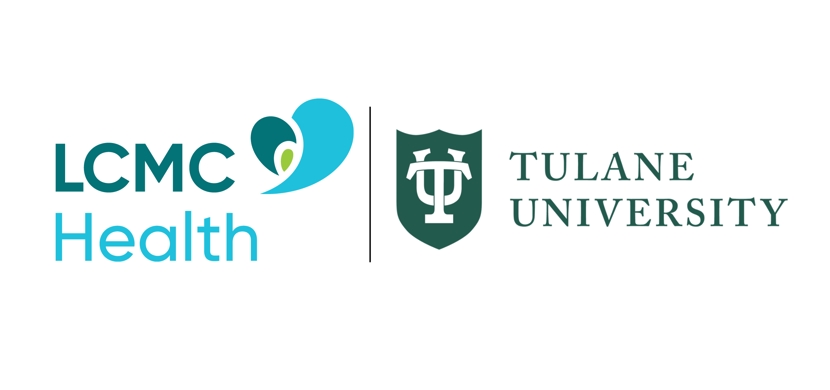How to protect yourself from mold after a storm
- Posted on:

Mold is one of the most serious results of water damage from a hurricane or severe floods. Mold can grow within 24 to 48 hours after water damage. It can keep growing until the correct measures are applied to stop it.
Molds can be recognized by sights, such as wall or ceiling discoloration, and a bad odor or musty smell.
Who's most at-risk with mold exposure?
Returning to water-damaged homes after a disaster may pose serious health threats. This is especially true for people who already have preexisting respiratory conditions, pregnant women, children, older adults, and people with diseases that compromise the immune system.
People with weakened immune systems can develop invasive mold infections days to weeks after exposure to fungi that live in the environment. People with a weakened immune system, especially people receiving treatment for cancer, people who have had an organ or stem cell transplant, and people taking medicines that suppress the immune system, should avoid cleaning up mold.
Children should not take part in disaster cleanup work.
How to protect yourself from mold
Always wear rubber gloves, goggles, and boots when cleaning areas with mold.
If you plan to be inside the building for a while or you plan to clean up mold, you should buy N95 masks (or a respirator with a higher protection level) at your local home supply store and wear one while in the building.
Make certain that you follow instructions on the package for fitting the mask tightly to your face. Even if you go back into the building for a short time and are not cleaning up mold, you need to wear an N95 mask.
How do I know if I've been exposed?
People who are sensitive to mold may experience a stuffy nose, irritated eyes, wheezing, or skin irritation. People allergic to mold may have difficulty in breathing and shortness of breath.
People with weakened immune systems and with chronic lung diseases, such as obstructive lung disease, may develop mold infections in their lungs. If you or your family members have health problems after exposure to mold, contact your doctor or other health care provider.
How to clean up mold after a disaster?
If there is mold growth in your home, you should clean up the mold and fix any water problem, such as leaks in roofs, walls, or plumbing. Controlling moisture in your home is the most critical factor for preventing mold growth.
To remove mold growth from hard surfaces use commercial products, soap and water, or a bleach solution of no more than 1 cup of household laundry bleach in 1 gallon of water.
Always follow the manufacturers’ instructions for use (see product label). Use a stiff brush on rough surface materials such as concrete.
If you choose to use bleach to remove mold:
- Never mix bleach with ammonia or other household cleaners. Mixing bleach with ammonia or other cleaning products will produce dangerous, toxic fumes
- Open windows and doors to provide fresh air. Use fans to dry out the building. Position fans to blow air out doors or windows.
- Wear non-porous gloves and protective eyewear.
- If the area to be cleaned is more than 10 square feet, consult the U.S. Environmental Protection Agency (EPA) guide
- Always follow the manufacturer’s instructions when using bleach or any other cleaning product.
When in doubt, take it out!
Remove all porous items that have been wet for more than 48 hours and that cannot be thoroughly cleaned and dried. These items can remain a source of mold growth and should be removed from the home.
Porous, noncleanable items include carpeting and carpet padding, upholstery, wallpaper, drywall, floor and ceiling tiles, insulation material, some clothing, leather, paper, wood, and food.
Removal and cleaning are important because even dead mold may cause allergic reactions in some people.
To prevent mold growth, clean wet items and surfaces with detergent and water.
Homeowners may want to temporarily store items outside of the home until insurance claims can be filed. See recommendations by the Federal Emergency Management Agency (FEMA)external icon.

